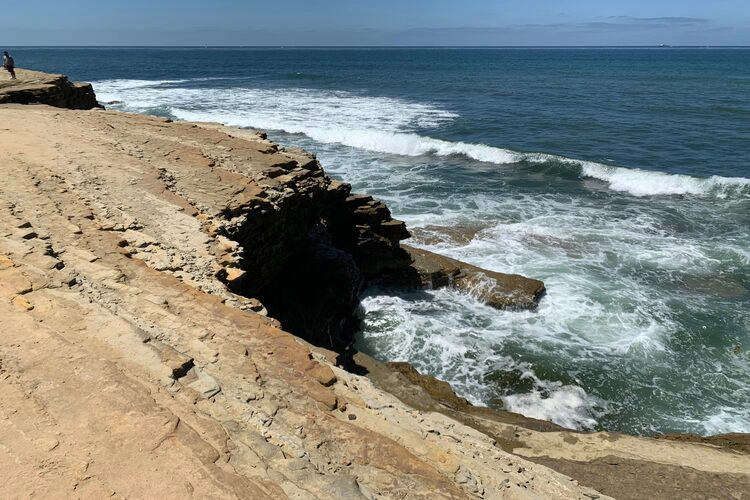
The microbe, found in waters off San Diego, could be used for heart care & cancer treatments, latest study finds
By
Researchers at the University of California San Diego and San Francisco – along with Southern Methodist University researcher Dr. Alexander Chase – have discovered a compound produced by a microbe that could offer new approaches to cancer and heart care.
Dubbed Cabrillostatin, the compound was found in a protected marine reserve at Cabrillo National Monument in San Diego, California, along with other larger microbe samples that contained complex chemical mixtures. This area was discovered to be rich in novel compounds released from microbes – with no reason currently known – although researchers speculate that infrequent human traffic in the area may play a role.
These compounds are traditionally discovered using a ‘microbe-first’ approach, meaning individual strains are cultured in a laboratory from a sample found in the wild. Instead, the study used a new technique – which uses an absorbent resin that acts like a sponge – known as Small Molecule in situ Resin Capture (SMIRC). SMIRC allows for the collection of these microbial compounds in the wild without the need for them to be cultured in a lab.

Recently, researchers have been keen to find new microbes that release helpful pharmaceutical compounds, since many samples collected are very similar to ones already known. This makes it difficult to uncover new chemical ‘scaffolds’ – the foundations from which chemical compounds are built – and slow down the ability to provide cutting-edge resources for drug discovery. Now, Cabrillostatin may be one of the first of new compounds that could go on to benefit human health.
‘The ocean is one of the least explored areas on Earth, especially the deep ocean,’ said Chase. ‘There’s so much we don’t understand about marine microorganisms and the compounds they produce.’
‘Because of antibiotic resistance and other health challenges, there is a high priority for natural product research. With SMIRC, we now have an easily deployable system that makes it possible for researchers to study compounds previously out of reach.’
How are microbes used in medicine?
Microbes produce a wide variety of chemical compounds throughout their life, which are used in many of today’s modern medicines – including most antibiotics such as streptomycin, erythromycin and tetracycline.
The very first breakthrough in drug discovery came with the discovery of penicillin from Penicillium notatum in 1929. Since then, products such as immunosuppressants, antiviral medication, and anticancer agents have been produced from microbial sources – with the number of commercially available therapeutically active compounds from microbial sources to date exceeding those discovered from other sources.




